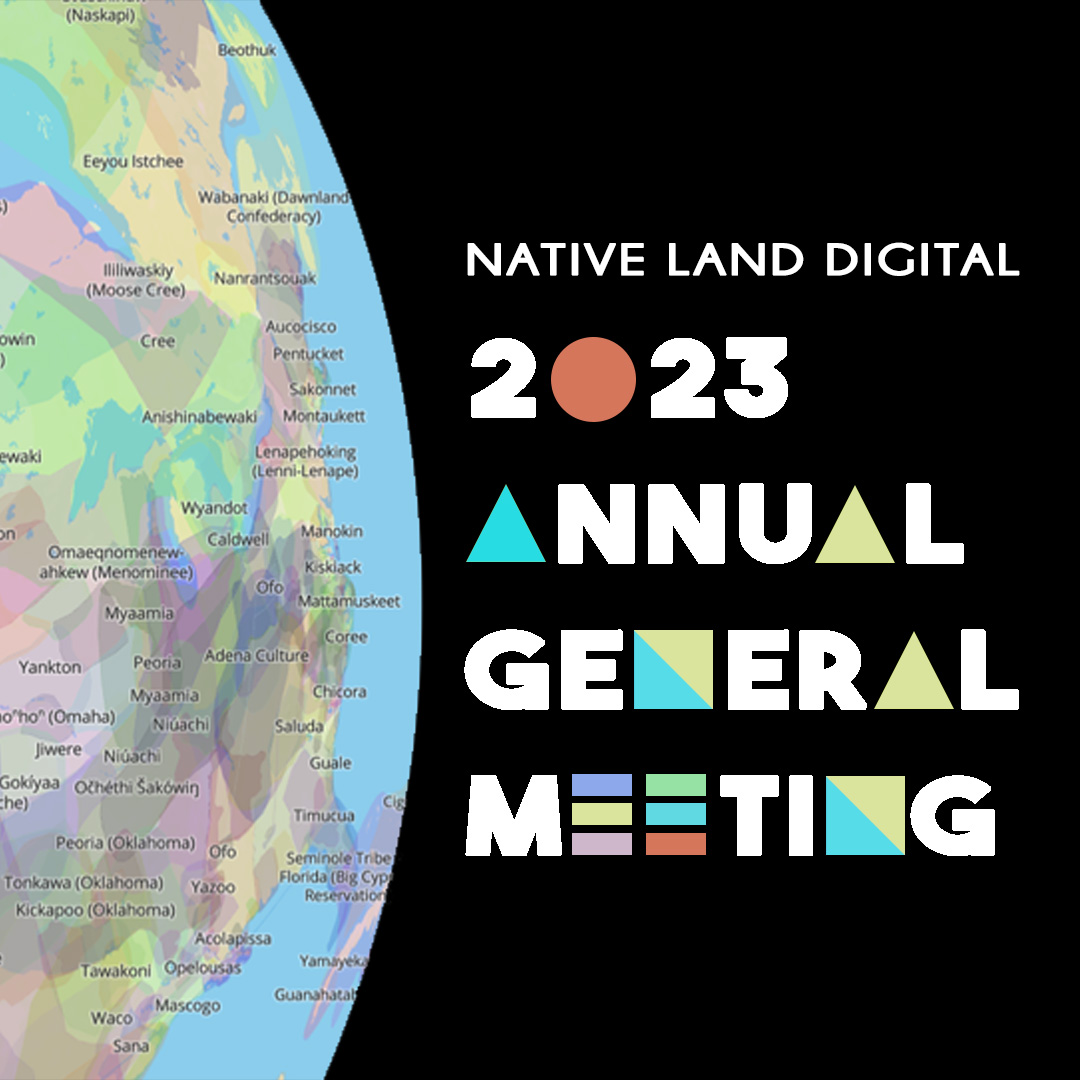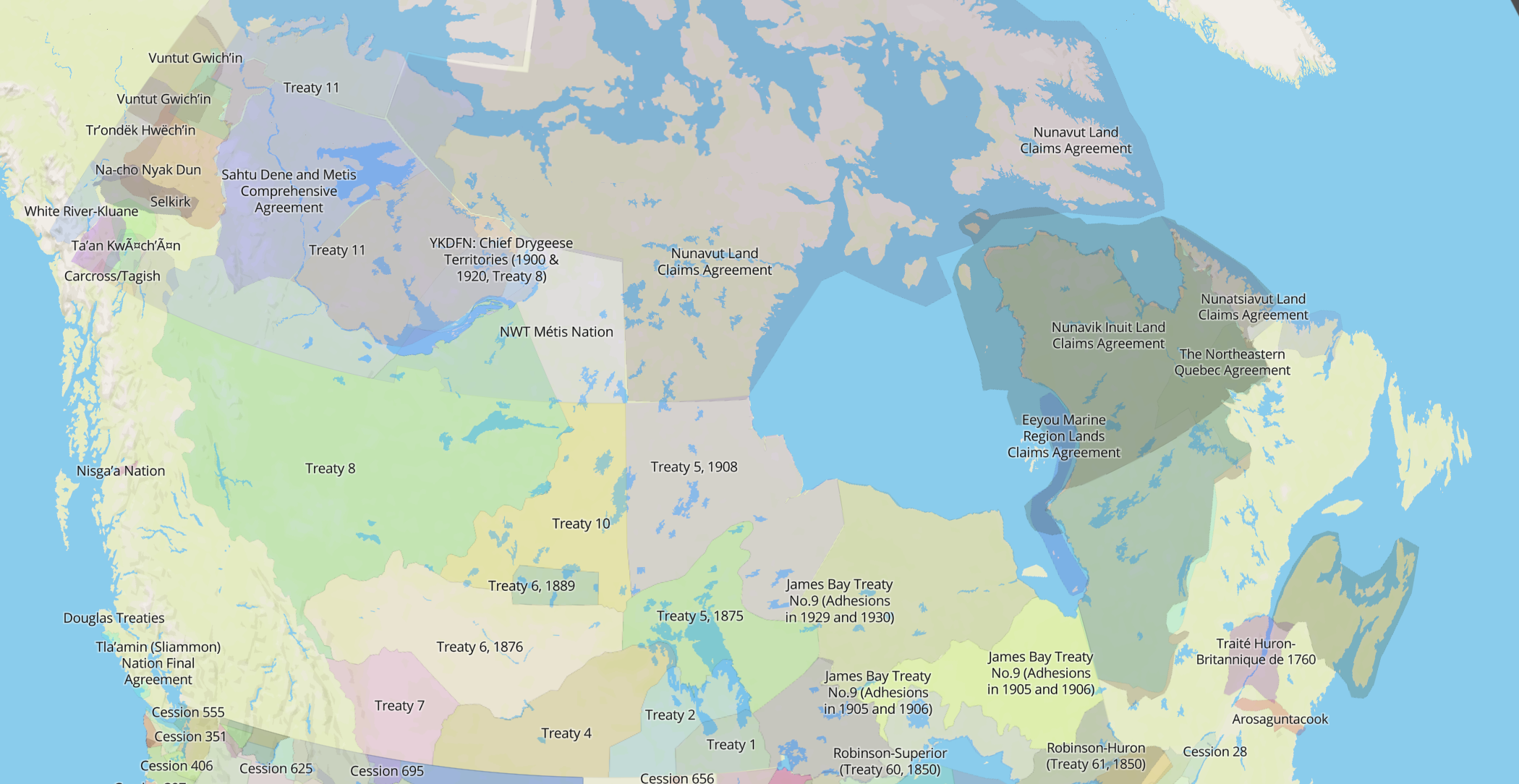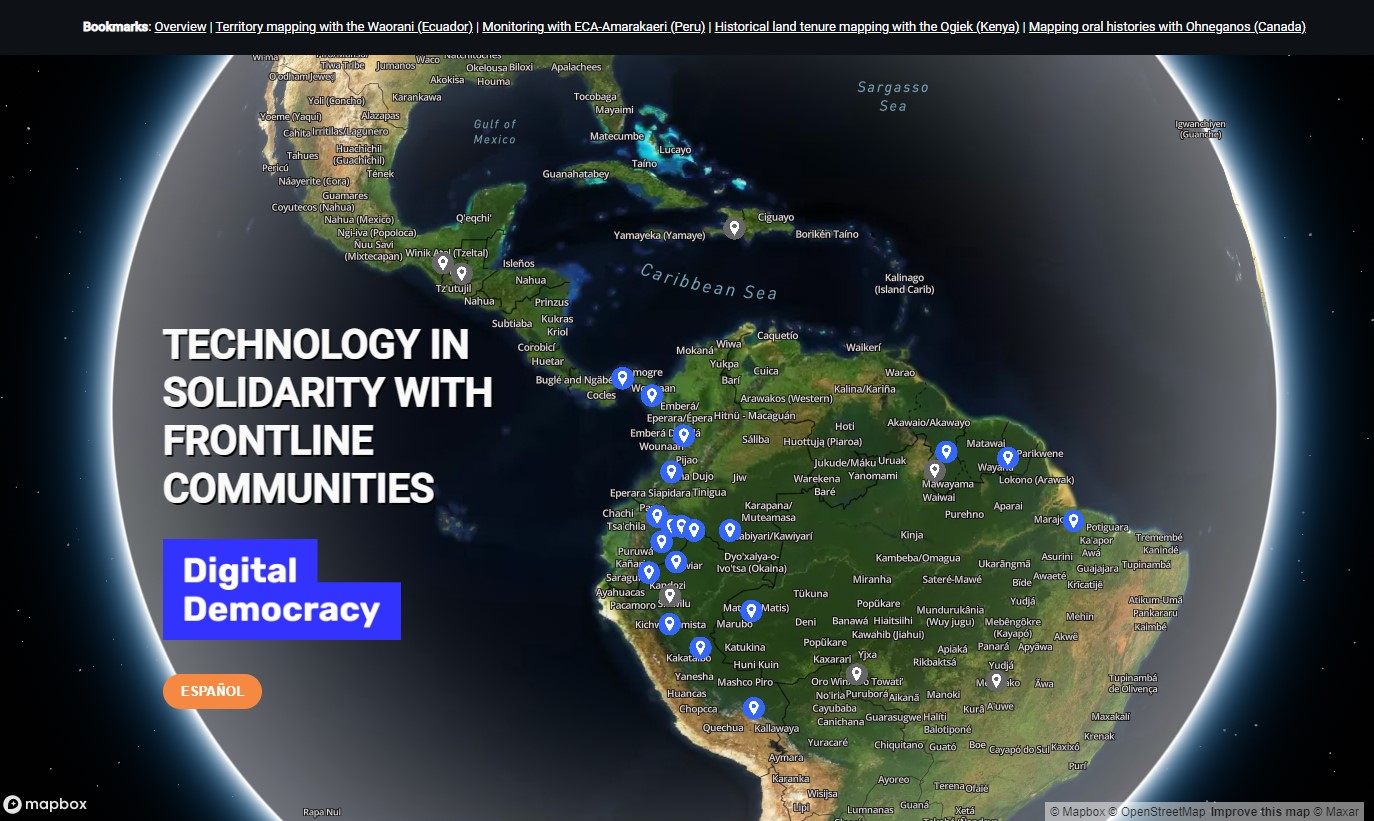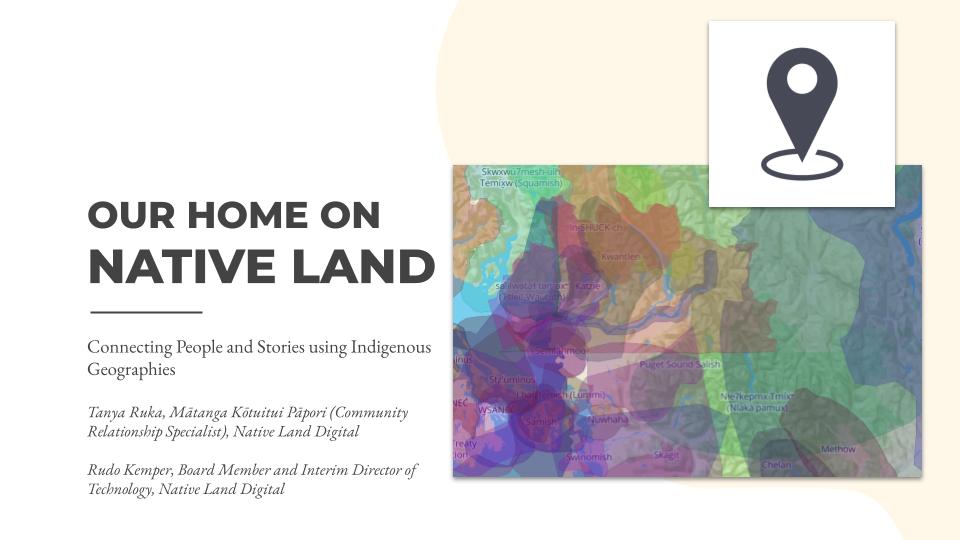A guest blog post submitted by the Pennsylvania Center for the Book at Penn State University Libraries featuring the Cultural Tour of Pennsylvania and Missing Voices lesson plans developed by Erica King, curriculum specialist, and the Center’s Literary & Cultural Heritage Maps of Pennsylvania. The Pennsylvania Center for the Book is a state affiliate of the Library of Congress Center for the Book. This blog entry was written by: Nicole Miyashiro (she/her), writer-in-residence.
To understand the silenced histories of Indigenous and underrepresented people, we must first identify who is missing.
The Cultural Tour of Pennsylvania Lesson Plan developed by Pennsylvania Center for the Book curriculum specialist, Erica King, is part of the Center’s initiative to populate its geospatial Literary & Cultural Heritage Maps of Pennsylvania with more biographies of underrepresented figures to counter the erasure phenomenon and incorporate missing voices in classroom curricula.
The Native Land geospatial map of Indigenous territories, treaties, and languages has been a valuable resource in the development of this lesson plan by informing questions that task secondary students with considering the full history of Pennsylvania regions from physiographic and geographic perspectives. Such questions include:
- Who lived here? When?
- What is their story? Their tradition, language, and culture?
- Why isn’t this commonly known?
- What purpose do boundaries serve?
As the 23rd US Poet Laureate Joy Harjo, a member of the Muscogee (Creek) Nation, says in a speech at the Poets Forum in New York City:
“It was essentially illegal to write or perform poetry in our native languages until the passing of the American Indian Religious Freedom Act in 1978. … Because most of us did not write our literature down in English words, rather kept them in memory and passed them on, we were considered illiterate. Yet, there are vast stores of literature that exist and are living in the imagination. The keepers and creators of those literatures keep it alive by speaking it, often by singing it.”

Cross-referencing Native Land with other related projects – such as Harjo’s geospatial Living Nations, Living Words: A Map of First Peoples Poetry and the Center’s Cultural Tour lesson plan –confronts the challenge of reconstructing and reclaiming histories in real time and simultaneously solidifying their rightful place in common knowledge; for example, Native Land displays a clear disclaimer that its content is “in a constant state of research and adjustment.”
The ongoing responsibility to acknowledge, document, and honor these histories is shared. With Native Land as a ready resource, the Cultural Tour of Pennsylvania Lesson Plan calls students to “acknowledge the history of selected regions,” to “note overlapping territories that represent the deep history of the land,” and to consider extending their study with the Missing Voices: Biography Lesson Plan, an invitation to identify and write a short biographical essay on a figure who “significantly contributed to a geographic area” and “whose voice is missing” from the Center’s Literary & Cultural Heritage Maps of Pennsylvania.
“’We are already diversifying’ is not an appropriate response when talking about Indigenous people,” professional educator and social justice activist, Claudia A. Fox Tree (Arawak/Yurumein) explains on the topic of decolonizing curriculum, “because every other ethnic, racial, and religious group that is living in the United States has another place in the world where their ancestors are from. There is already a place for their people and their voices, experiences, examples, history, and contributions, to be experienced and told. We should absolutely expect to learn the true and accurate stories of this land, and this land’s longest occupants, especially when we reside on this land where the people and their stories happened.”
Another call to action that anyone can take, student or not, is to utilize Native Land in developing a Tribal Land Acknowledgement (TLA). This also “makes visible the Indigenous people of the land where you are,” Fox Tree says.
With geospatial maps emerging with a mission to restore the histories and missing voices of the land on which we live and breathe, we must next strive for the collaborative understanding that underpins peace and unity. The Center is grateful to Native Land for its comprehensive and continued contributions to this collective spirit and action. “Maybe,” Harjo invites in Living Nations, Living Words, “we are at the place where many roads come together under the dimming sun.”
For more information about the Cultural Tour of Pennsylvania and Missing Voices: Biography lesson plans, visit Curricula & Teaching Materials on the Pennsylvania Center for the Book website or contact Erica King ([email protected]), curriculum specialist.
The Pennsylvania Center for the Book is an affiliate of the Center for the Book established in 1977 at the Library of Congress and is sponsored by the Penn State University Libraries. It encourages Pennsylvania’s citizens and residents to study, honor, celebrate, and promote books, reading, libraries, and literacy.
As Penn State University employees, we acknowledge The Pennsylvania State University campuses are located on the original homelands of the Erie, Haudenosaunee (Seneca, Cayuga, Onondaga, Oneida, Mohawk, and Tuscarora), Lenape (Delaware Nation, Delaware Tribe, Stockbridge-Munsee), Shawnee (Absentee, Eastern, and Oklahoma), Susquehannock, and Wahzhazhe (Osage) Nations. As a land grant institution, we acknowledge and honor the traditional caretakers of these lands and strive to understand and model their responsible stewardship. We also acknowledge the longer history of these lands and our place in that history.
Sources:
Fox Tree, Claudia (M.Ed.). “Tribal Land Acknowledgement – What They are and Why We Need to do Them.” Embracing Equity. 6 July 2021. Accessed 28 Sept. 2021. https://embracingequity.org/blog/tribal-land-acknowledgements#
Harjo, Joy. “Ancestors: A Mapping of Indigenous Poetry and Poets.” Delivered as the Blaney Lecture on October 9, 2015, at Poets Forum in New York City. Poets.org. 23 Nov. 2015. Accessed 28 Sept. 2021. https://poets.org/text/ancestors-mapping-indigenous-poetry-and-poets
Harjo, Joy. “Introduction” and “Conclusion.” Living Nations, Living Words: A Map of First Peoples Poetry. Library of Congress. 2020. Accessed 28 Sept. 2021. https://www.loc.gov/ghe/cascade/index.html?appid=be31c5cfc7614d6680e6fa47be888dc3&fbclid=IwAR0sOMCeGbWVln8Z2Zk7gqOjJwsPVePP3XzzfSNnBJgq3Ie-sslK5qfs2xI&bookmark=Introduction
King, Erica. “Cultural Tour of PA Lesson Plan.” Penn State University Libraries: Pennsylvania Center for the Book. 2021. Accessed 28 Sept. 2021. https://pabook.libraries.psu.edu/cultural-tour-pa-lesson-plan
King, Erica. “Missing Voices: Biography Lesson Plan.” Penn State University Libraries: Pennsylvania Center for the Book. 2020. Accessed 28 Sept. 2021. https://pabook.libraries.psu.edu/missing-voices-lesson-plan
Penn State Educational Equity. “Acknowledgement of Land: In collaboration with the Indigenous Peoples Student Association (IPSA) and the Indigenous Faculty and Staff Alliance (IFSA).” Penn State Office of Educational Equity website. 2021. 29 Sept. 2021. http://equity.psu.edu/acknowledgement-of-land





